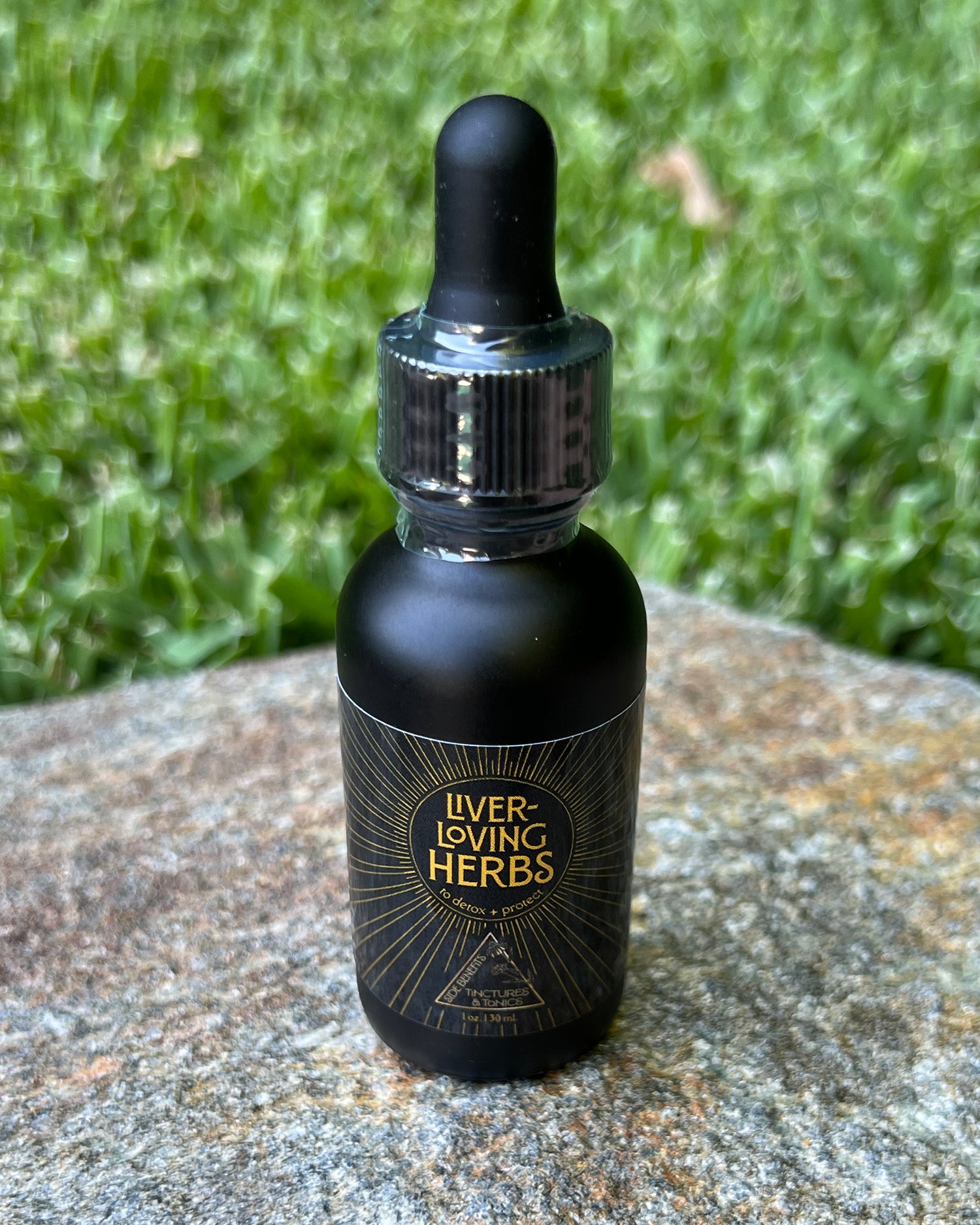You should know by now that there are three ‘types’ of foods the body uses for fuel: proteins, fats, and carbohydrates. When proteins such as grass-fed beef, pasture-raised eggs, wild-caught salmon, and dairy are broken down, they become amino acids. Fats such as olive oil, grass-fed butter, fattier cuts of meat (yum, bacon), coconut oil, and ghee are broken down into fatty acids. Carbohydrates––whether from potatoes, quinoa, fruits, zucchini, or even cake and candy––are ALL broken down into glucose (sugar). Overeating carbs is where most of us slip up and get tired, inflamed, and sometimes sick as a result.
Sugar Is Addictive
We are all hooked on sweet drinks & treats, bread, and pasta not only because they taste delicious, but also because eating sugar alters our brain chemistry in the same way opioids do. Hence why we crave it. When you start your day with a high glycemic, carbohydrate-heavy meal such as oatmeal, toast, orange juice, or a pastry – they are rapidly broken down in your stomach and the resulting glucose is released into the blood stream like a rocket.
To handle the rapid increase in glucose in the blood, the pancreas releases insulin which ‘unlocks’ little receptors in your cells so they will uptake some of this influx of glucose to use as fuel. Any glucose left over from that carb-rich meal is converted into glycogen and stored in the liver, muscles and fat cells around the midsection (that stubborn fat that doesn't go away). As a population, we're nowhere near active enough for our muscles to demand such high levels of sugars or carbohydrates within our SAD (Standard American) diets. Over a prolonged period, excess sugar consumption and a heavy consumption of grain-based foods will lead to chronically elevated blood sugar, elevated insulin and ultimately insulin resistance which can then take the form of type 2 diabetes.
One of the many jobs your liver performs is to turn the stored glycogen back into glucose to use for energy IF you need it. But around the same time, you’ll start craving a sandwich or a carb-heavy snack to give you that same high you felt after breakfast. And lucky for us, we won’t have a hard time hunting down and devouring EXACTLY whatever it is we feel like eating, so our liver doesn’t EVER need to tap into that stored glycogen at all. When this happens throughout the day, you’re officially aboard the blood sugar roller coaster and the pounds start packing themselves on.
Glucose Is Fuel, But…
The body (and brain) runs on glucose and our cells can’t differentiate whether the glucose they’re uptaking for energy is coming from a chocolate chip cookie or a bowl of roasted broccoli—although glucose from chocolate chip cookies hits the bloodstream like a rocket, whereas glucose from broccoli cruises into the bloodstream slowly due to its high-fiber content (and only causes a mini-rise in overall glucose). It should be easy to see now where the problem lies!
Obviously, the goal is to maintain stable blood sugar levels – without extreme rises or crashes. To achieve this, it takes some planning. You’ll want to consume protein, fat, and fiber at each meal so that the foods you consume get broken down much slower and the glucose trickles into your bloodstream slowly which keeps your blood sugar stable over a 3-4-hour period until your next meal.
To get off the blood sugar roller coaster, switch your fuel source from glucose to fat (ketones) by consuming more healthy fats, high-quality proteins, and above-ground carbohydrates to have balanced blood sugar throughout the day so your body does not release more cortisol to compensate. Eating only when you’re hungry can also go far to help balance blood sugar.

Fat = Better Fuel
Fat is not the enemy that many of us who grew up in the 90s had been falsely led to believe (remember SnackWells?). Healthy fats from properly-raised animals and eggs, avocados, nuts, seeds and oils like olive and coconut are necessary for optimal health. Fats keep blood sugar stable because they take longer for the body to digest which also aids in staving off that ‘hangry’ feeling between meals. And perhaps most importantly, healthy fats allow for the proper absorption of the fat-soluble vitamins A, D, E and K, are the main co-factor in the creation of hormones and the modulation of hormonal activity, and fats just plain taste delicious!
Keeping Blood Sugar Stable
If you usually have toast for breakfast – which rapidly gets broken down into glucose – swap your toast for grain-free seed bread with butter and a dollop of almond butter or half of an avocado. It’s just as quick to prepare, but instead of creating a blood sugar spike, the added fat, protein and fiber will help keep your sugar levels balanced. If you have more time, you could try scrambling an egg in butter with leafy greens like spinach and top with avocado. If you can’t live without oatmeal in the morning, try Chia Seed Pudding made (the evening before) with 1 can of coconut milk, 1/3 cup of chia seeds and your choice of berries or nut butters (pour into two Mason jars and refrigerate overnight). The chia seeds provide healthy Omega-3 fatty acids, protein and fiber while the coconut milk also provides a source of healthy fats to keep your blood sugar stable until your next meal. And if you absolutely must sweeten something, reach for the “better sugars” which include coconut sugar, maple syrup, date sugar, monk fruit, molasses, local honey and powdered stevia. These are some easy swaps that make a huge difference.

Eat better, feel better
I know you don’t need me to tell you that sugar is unhealthy. But if your goal is to prevent disease and live an optimally healthy life, then I’m telling you that it is vitally important to limit sugar consumption and ideally cut it out as much as possible and just focus on whole, unprocessed, REAL foods that grow on the Earth, roam around on it, or swim in its oceans. Need additional guidance?
Side Benefits Nutrition can help you eliminate sugar, reach your weight loss goals, and discover & address the underlying root causes of health concerns. Personalized nutrition is an excellent option, especially if you want to make your health and mindset a priority.






